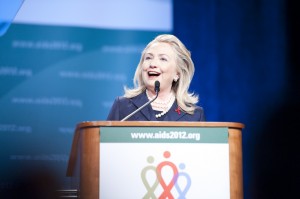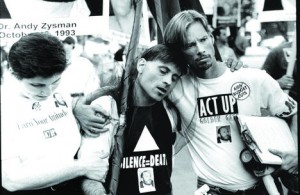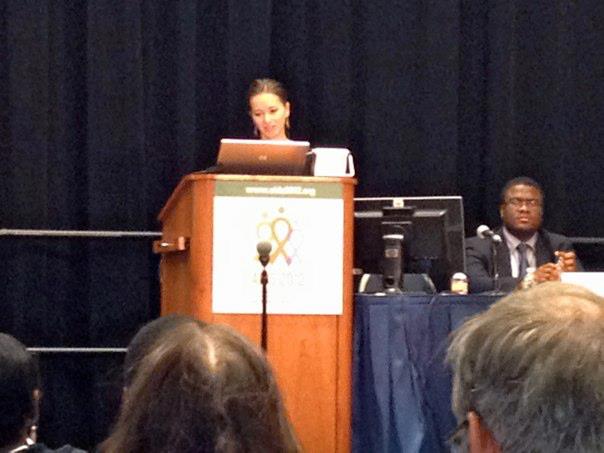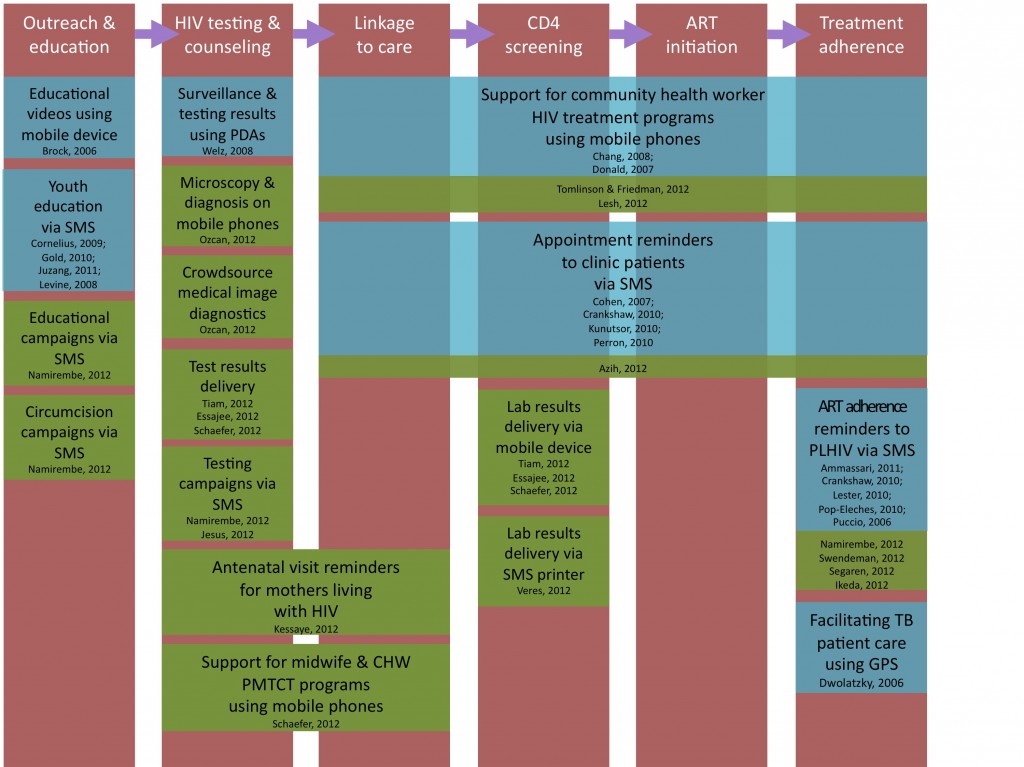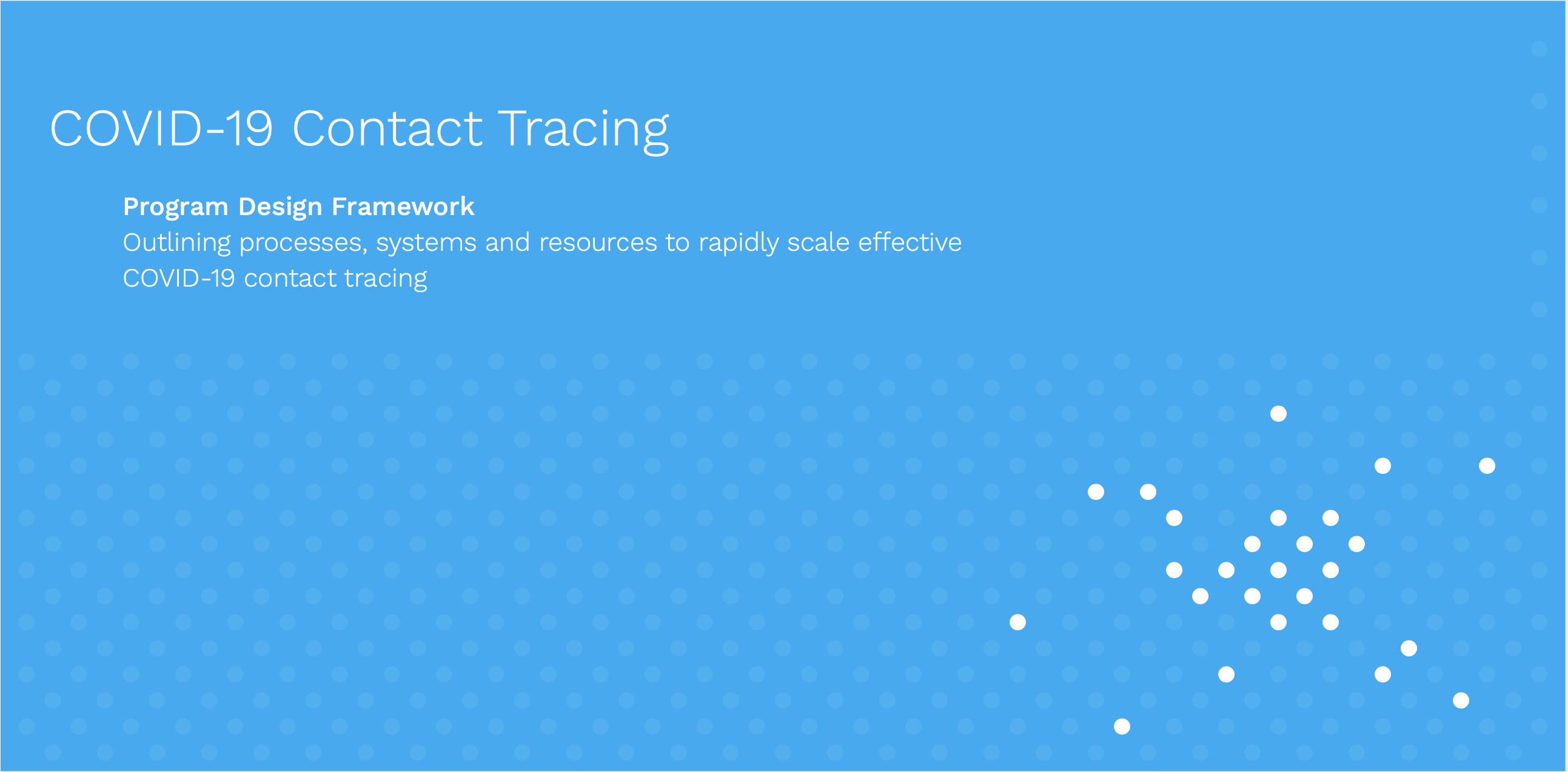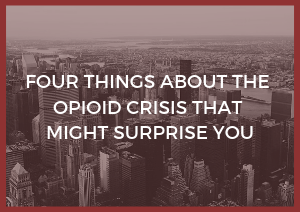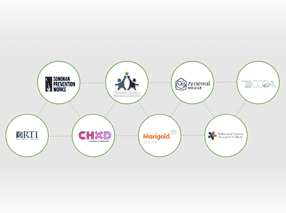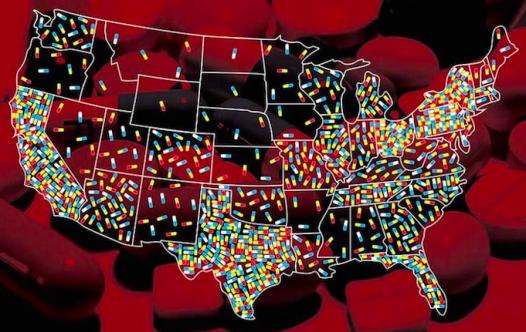Last week, over 24,000 delegates from around the world gathered in Washington, DC for the 19th International AIDS Conference. It seemed like everyone was there: President Bill Clinton, U.S. Secretary of Health and Human Services Kathleen Sebelius, South African Deputy President Kgalema Motlanthe, HRH Mette-Marit, Crown Princess of Norway, World Bank President Jim Yong Kim, Bill Gates, Elton John, Whoopi Goldberg…
THEN AND NOW
When the conference was last held in the United States, 22 years ago, an AIDS diagnosis was a sure death sentence. Today, the rally cry of the event was led by Hillary Clinton, whose opening speech called for the use of “new scientific discoveries to create an AIDS-free generation” (watch video). During the previous administration, science was not a part of policy decisionmaking and rhetoric around addressing the deadliest pandemic of our time was never backed up with sufficient funding. Now, Secretary Clinton has committed to a bold and evidence-informed plan with funds to back it. At InSTEDD, we believe that this is it, this is the real thing. The time for an AIDS-free generation.
THE PERSONAL IMPACT OF A STRANGER
I wasn’t always such an optimist. My first experience of AIDS happened in a Brooklyn emergency room, where I was learning to be an Emergency Medical Technician (EMT) in the months after the Twin Towers fell in 2001. A 16-year old Haitian kid, a walking skeleton, came into our ER. The florescent lights flickered an even greener hue onto his face. His arms were bound with bloody gauze from wrist to elbow. Unwrapping the first responders’ fastidious work, we found deep and ugly cuts up his wrists. These were not the cry-for-help suicide wounds; they were deadly serious gashes from a kid determined to end his life. At the time, I didn’t know that I would spend the rest of my professional career finding out why a young man in America, during an era of scientific discovery, would choose death.
FROM ONE GENERATION TO THE NEXT
I am an inheritor of the first generation of AIDS advocacy and science. People like our CEO, Dr. Dennis Israelski, remember the courage and mobilization it took to get world leaders to acknowledge that AIDS existed and, harder yet, that AIDS was their problem. As a physician, he saw his first AIDS patients in the Bay Area in 1985. He remembers a time without the medical miracle of antiretroviral therapy, when AIDS was a certain death sentence. “During these beginning years, we had the opportunity to offer compassionate care,” Dr. Israelski recalls. “There wasn’t much that we could do. Practicing medicine called on every skill and talent that you had because you couldn’t just hand someone medicine.”
THE FAILURE OF SCIENCE
But, as treatments became available and the first generation of HIV advocates started putting away their bullhorns, we watched together when the miracle of science fell short. The existence of efficacious scientific solutions failed to help millions of pregnant moms from passing the disease on to their babies and it fell short of saving sex workers from an even more damning stigmatization and suffering. As the epidemic got increasingly worse, these promising solutions appeared to be just another technological gift for the wealthy.
It was our worst fear, come true. AIDS continued to claim more people every year. And, today, it tears apart families, ways of life, fragile economies, and centuries of human development as the disease moves like a hurricane across continents.
TWENTY YEAR ROLLER COASTER
For those of us who have dedicated our lives and our careers to this fight, the last two decades have been an incredible roller coaster. Discoveries during the past twenty years, such as learning how to prevent transmission from mother to child (learn more), reduce risk through male circumcision significantly (learn more), protect partners of people living with HIV through exposure prophylaxis (learn more), and reduce risk of infecting others through early and consistent use of antiretroviral therapy (learn more). But how do we go from 6 million people with access to ARTs today to over 30 million living with HIV? How do we offer ARTs to everyone who needs them?
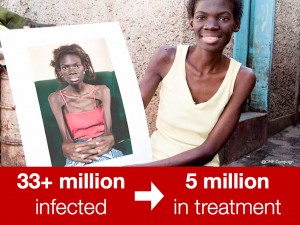 The science is maturing but, most importantly, our sleeves are rolled up even further this time. We know that it’s not about efficacy of prevention and treatment. It’s about turning this knowledge into policies, programs, and services that work in the poorest and most marginalized communities around the world. So, how will we do it? These are the questions that we have been asking ourselves at InSTEDD.
The science is maturing but, most importantly, our sleeves are rolled up even further this time. We know that it’s not about efficacy of prevention and treatment. It’s about turning this knowledge into policies, programs, and services that work in the poorest and most marginalized communities around the world. So, how will we do it? These are the questions that we have been asking ourselves at InSTEDD.
As the global health community is preparing to scale-up testing, treatment, and prevention programs worldwide, InSTEDD is collaborating with others to gather scientific evidence on the use of mobile phones for HIV so we can better understand what works and why. Armed with this knowledge and by working directly with those who are impacted, InSTEDD is committed to building open source tools that will strengthen these efforts. We believe that health information technology can help to address the HIV treatment and prevention the cascade or, in other words, the flood of people who fall through the cracks of HIV care and never benefit from the last years of scientific achievement (watch our Stanford presentation).
mHEALTH: WHAT WORKS & WHY?
Before this years International AIDS Conference, we reviewed all of the scientific evidence we could find on mHealth and HIV and were thrilled to be able to announce our findings at the conference last week. As I presented (check out the next blog post), we found that there was some promising evidence that mHealth was successfully facilitating HIV outreach and education. But, even as I spoke, the scientific evidence base exploded. Compared to the 3 or 4 posters and presentations on mobile health technologies for HIV at the AIDS 2011 Conference, the AIDS 2012 Conference had dozens and dozens of studies on innovative uses of SMS, interactive voice response systems, patient management mobile phone apps, and more. Projects emphasized key populations, using SMS to outreach to men who have sex with men in Uganda (presentation), using 3G laptops to relay children’s test results to rural villages in Lesotho (presentation), and sending a musical reminder to non-literate Mayans living with HIV as a reminder to take antiretroviral therapies (presentation). This incredible burgeoning of implementations and evaluations even further supports the claim that mobile health technology can help to address the HIV treatment and prevention cascade. Although the evidence was already strong on the far end of the cascade, demonstrating that SMS improves treatment adherence, the evidence is now stronger than ever that these same tools can be used successfully for outreach & education and to increase demand for HIV testing & counseling. The graphic below describes the scientific literature from 2000-2011 (in blue) and the new evidence from AIDS 2012 (in green).
AN AIDS-FREE GENERATION
Learning from our mistakes in the past, the last two decades of discovery can only be considered a breakthrough once it has resulted in thriving individuals, families and communities worldwide. That’s our commitment at InSTEDD and that is why we are committing to an AIDS-free generation. No one—not a teenager in Brooklyn, not a baby born in Uganda, not a father in Cambodia—should ever receive a death sentence upon being diagnosed HIV-positive. We will work toward a world in which fewer people are infected every day and those with HIV can live with the promise of life, of love, of a family, of a good job, and of a world that treats them with dignity.

